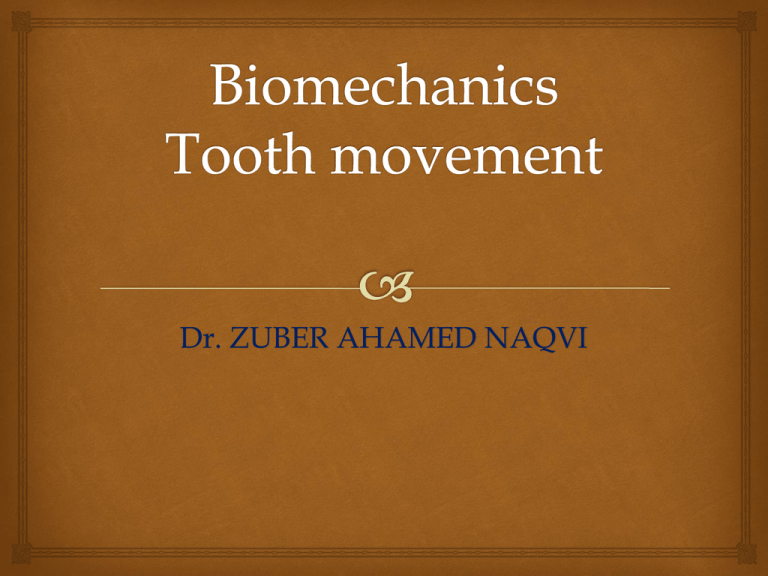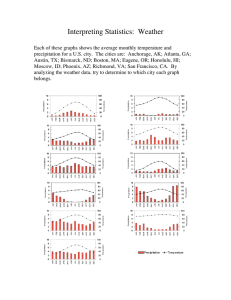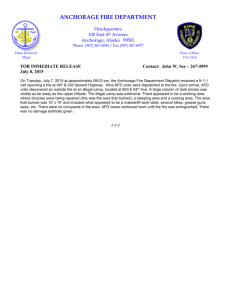Dr. ZUBER AHAMED NAQVI
advertisement

Dr. ZUBER AHAMED NAQVI Objectives Physiologic tooth movement Histology of tooth movement Optimum orthodontic force Phases of tooth movement Force , Couple and moment Center of Resistance Center of Rotation Types of tooth movement Anchorage Physiologic tooth movement Naturally occuring tooth movements that takes place during and after tooth eruption. A. Tooth eruption B. Migration or drift of teeth. C. Change in tooth position during mastication. Tooth eruption Blood pressure theory Hammock Ligament theory Periodontal ligament traction theory Migration or drift of teeth Direction- mesial and occlusal. --------proximal and occlusal wear of teeth. Tooth movement during mastication The tissue fluid present in the periodontal space, being incompressible , prevent major displacement of tooth within the socket. Forces are transmitted through the tissue fluids to the alveolar bone. Histology of tooth movement Force Pressure In the direction of tooth movement Bone resorption Tension In the opposite direction of tooth movement Bone deposition Histologic changes a. Mild forces b. Heavy forces Histological changes following application of mild forces Pressure side PDL compressed Increase in vascularity Mobilization of cells such as fibroblasts and osteoclasts Osteoclast line up along socket wall Bone resorption Frontal resorption Tension side PDL stretch Increase in vascularity Mobilization of cells such as fibroblasts and osteoblasts Osteoid laid down by osteoblast in PDL immediately adjacent to the lamina dura Osteoid matures to form woven bone. Histological changes following application of heavy forces Pressure side Crushing or total compression of PDL Root approximates the lamina dura Occlusion of blood vessels Regressive changes- hyalinization Bone cannot resorb in frontal portion. Bone resorption in adjacent marrow spaces and in the alveolar plate below, behind and above the hyalinized zone Undermining resorption Tension side PDL overstretched Tearing of blood vessels Ischemia Net effect of extreme heavy forces Net increase in osteoclastic activity as compared to bone formation. Increased tooth mobility. Pain and hyperemia of gingiva. Root resorption. Optimum orthodontic force The force which moves the teeth most rapidly in the desired direction, with the least possible damage to tissue and with minimum patient discomfort. High enough to stimulate cellular activity without completely occluding blood vessels in the PDL” (Proffit et al. 2000). Oppenheim and Schwartz Optimum force is equivalent to the capillary pulse pressure, which is 20-26 gm / sq. cm of root surface area. Force Types Light, continuous forces Never declines to zero. Interrupted forces Force levels decline to zero between activations Intermittent forces Force levels decline to abruptly. Phases of tooth movement Phase 1- Initial phase phase 2- lag phase Phase 3- post lag phase Couple and moment Couple Two forces of opposite directions and with non-overlapping points of application. Brings about pure rotation. Moment can be defined as rotational potential of force with respect to a specific axis. Moment = magnitude of force X distance ( perpendicular distance from the center of resistance of the body to the line of action of the force) Biomechanics of Tooth Movement Center of Resistance --“that point on the tooth when a single force is passed through it, would bring about it’s translation along the line of action of the force”. Single rooted teeth- 6th-tenth of distance between apex of tooth and crest of alveolar bone Multirooted teeth- below furcation. Center of Rotation --- The point around which a body appears to have rotated, as determined from it’s initial and final positions. Controlled crown tipping-----------------root apex Translation------------------------------------- infinity. Types of tooth movement Tipping Bodily movement Intrusion Extrusion Torquing Uprighting Anchorage Graber – “ the nature and degree of resistance to displacement offered by an anatomic unit for the purpose of effecting tooth movement”. Sources of anchorage Intra oral Teeth Alveolar bone Basal jaw bone Musculature Extra oral Cranium Back of neck Facial bones According to manner of force applicationSimple anchorage Stationary anchorage Reciprocal anchorage Classification ( Moyers ) According to jaws involved Intramaxillary intermaxillary According to site of Anchorage Intraoral Extraoral muscular According to number of Anchorage units Single or primary anchorage Compound anchorage Multiple or reinforced anchorage Simple anchorage The manner and application of force is such that it tends to change the axial inclination of the tooth or teeth that form the anchorage unit in the plane of space in which the force is being applied. Stationary anchorage The manner and application of force is such tends to displace the anchorage unit bodily in the plane of space in which the force is being applied. Reciprocal anchorage Both units move equal distance. Exemplified by closing a diastema between two central incisors. Intra maxillary anchorage All the anchorage units are situated within the jaw. Intermaxillary anchorage Anchorage unit and the teeth being moved are not situated in the same jaw. Reinforced anchorage More than one type of resistance unit is utilized . Anchorage classification- ( Ravindra Nanda) Group A anchorage 75% or more of extraction space is used for anterior retraction. Group B Equal movement of posterior and anterior teeth to close extraction space. Group C 75% or more of extraction pace closure is achieved through mesial movement of posterior teeth. Temporary anchorage devices Useful in patients who have lost multiple teeth or hypodontia. Micro implants According to method of placing the implant Self tapping method- drilling required. Self drilling method – no pre drilling required. Miniplates References Contemporary orthodontics- 4th edition: William R. Proffit. Orthodontics : The art and Science- 4th edition: S.I. Bhalaji




